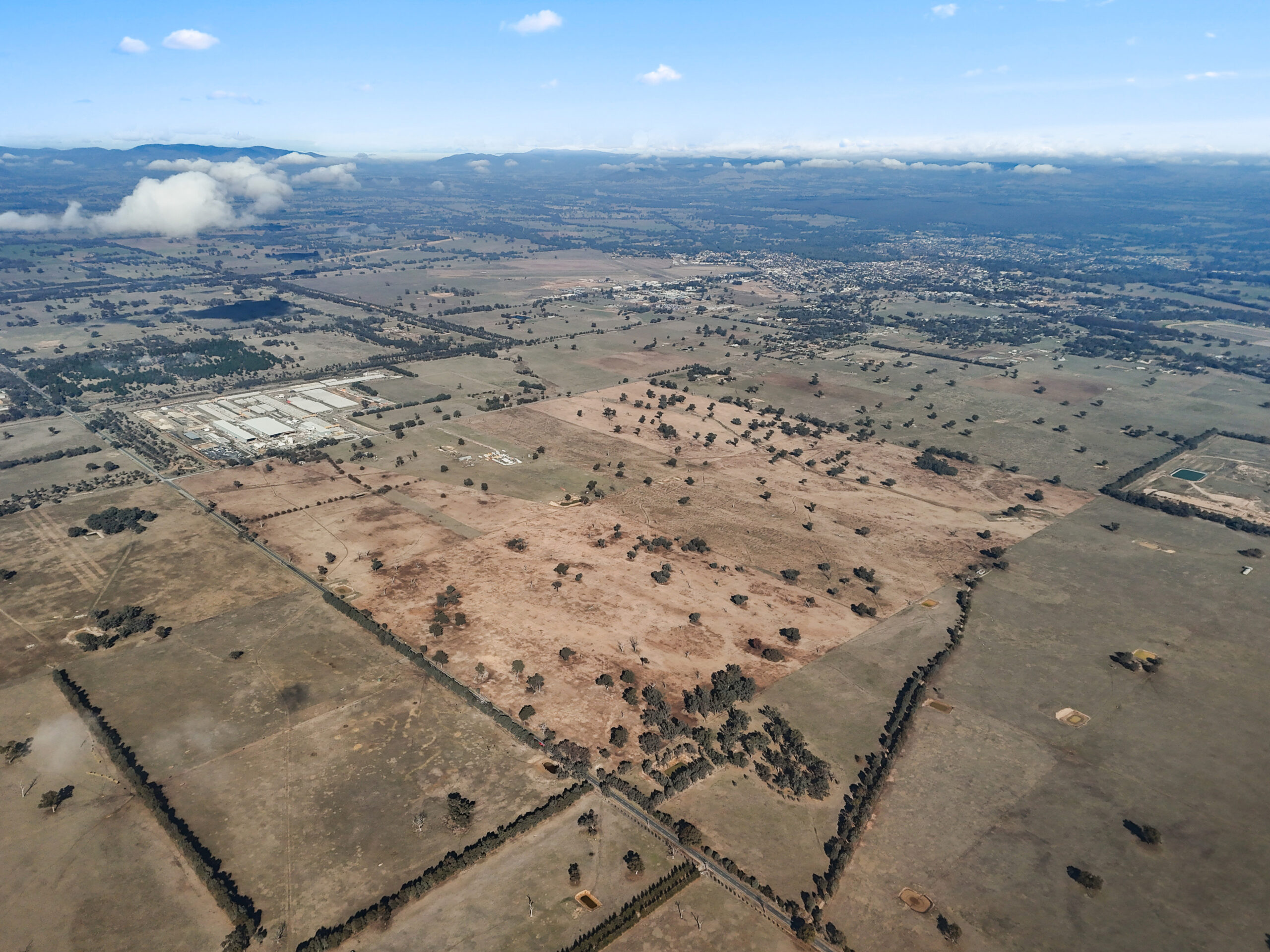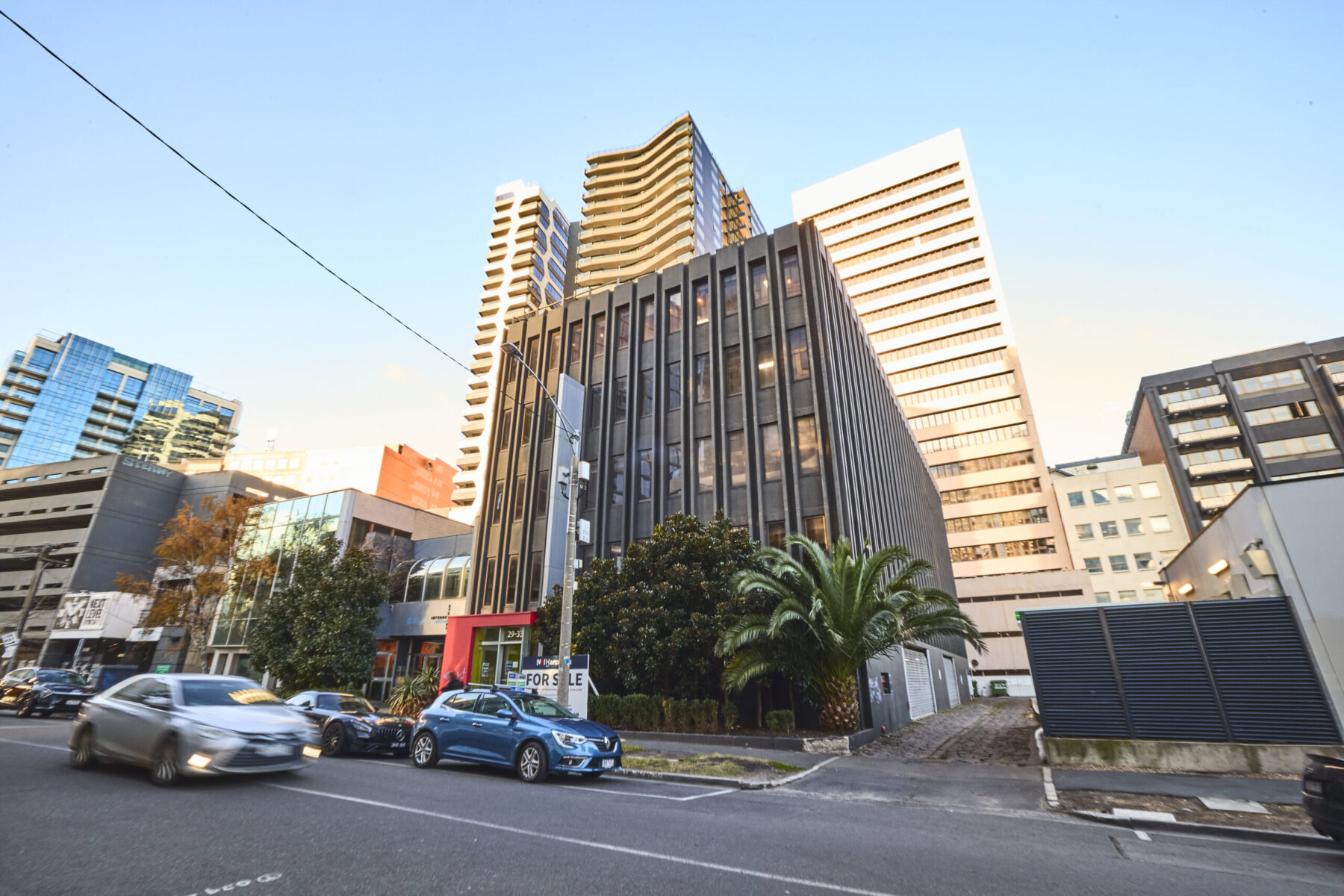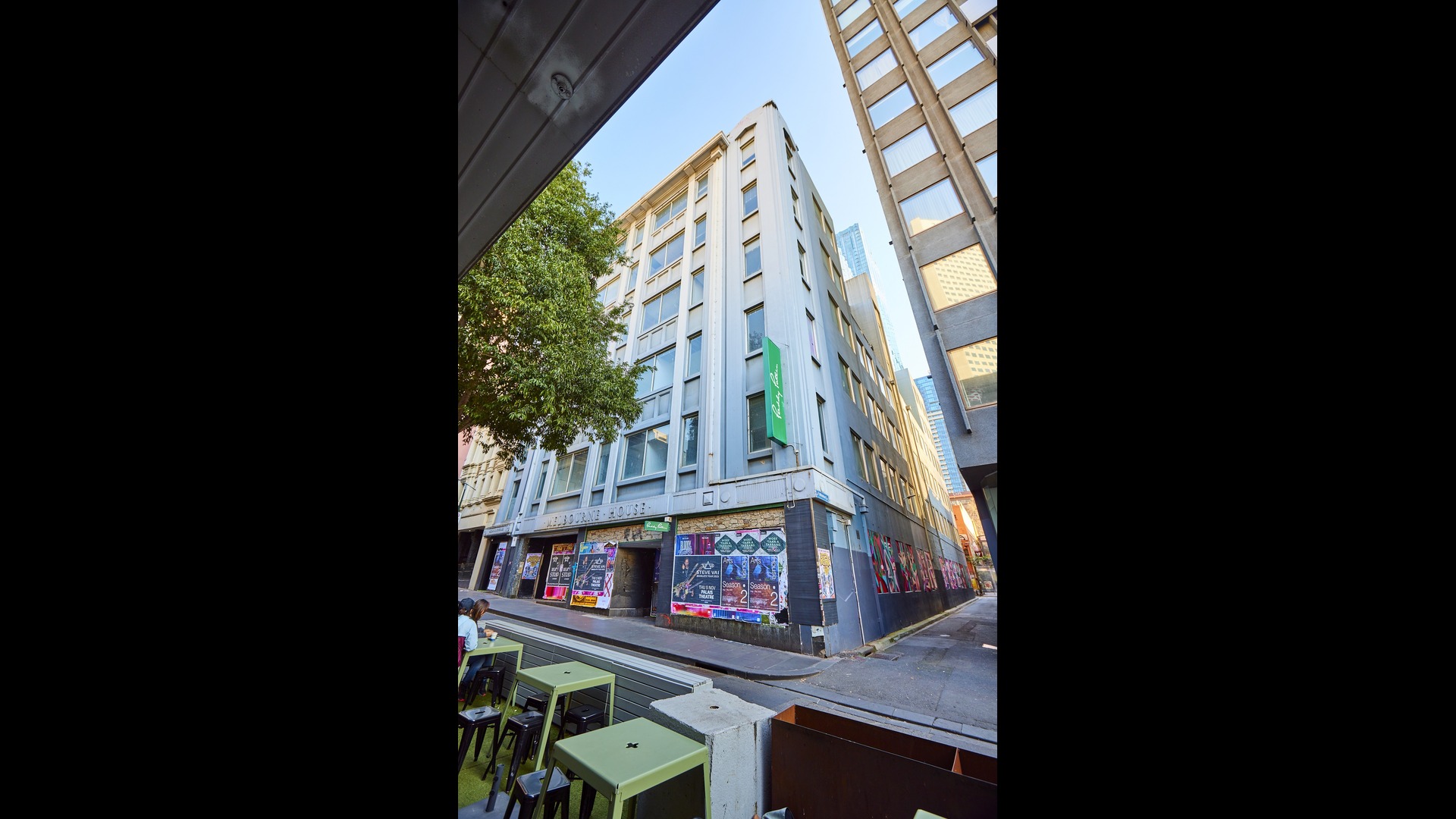Record $49.4b-plus commercial investment sets scene for bumper demand in 2022
8 February 2022Further yield compression is expected across all major asset classes in the year ahead off the back of a record year of investment that saw more than $49.4billion worth of retail, industrial, office and hotel assets changing hands in 2021.
According to Colliers’ Capital Markets Investment Review series for 2021, the record level of investment in Australia’s biggest commercial property sectors represents a 140% year-on-year increase from 2020 and a 24% increase on 2019 investment levels.
John Marasco, Colliers Managing Director of Capital Markets & Investment Services, said the unprecedented level of transaction volumes recorded over the past year had seen further yield compression within all major asset classes.
Prime industrial assets were the standout in 2021, tightening by 100 basis points (bps), followed by shopping centres* (-20 bps) and prime CBD office assets (-15 bps).
“This is a remarkable result given the uncertainty around underlying market fundemantals, particularly for the office and retail sectors from the impacts of the pandemic over the last two years,” Mr Marasco said. “Most markets are now trending at historically low levels as the yield compression cycle over the last 10 years has been extensive.”
Joanne Henderson, Colliers National Director of Research said: “Whilst the industrial sector has been the standout asset class in recent years, as well as recording more than 400 bps of yield tightening over the last ten years, the question is how low can they go – particularly given the growing sense of an interest rate hike by the end of 2022.
“Although we do expect industrial yields to further compress over the next 12 months by around -25bps, for investors chasing higher returns the current yield spread between office and industrial (+80 bps) and retail shopping centres and industrial (+180 bps) presents a window of opportunity through 2022.”
Mr Marasco said there was more opportunity to be unlocked in 2022 as borders re-open and offshore buyers return, adding increased competition to the domestic market.
“With pent-up demand from foreign investors who have not been able to physically inspect property in Australia in the last 20 months, the reopening of borders will deliver a higher volume of buyers and result in more transactions across the country,” he said.
“The fourth quarter of 2021 marked a transitionary period for Australia as we move away from lockdowns and into a period of living with COVID-19 in the community as part of a highly vaccinated population with only limited restrictions, particularly in the face of new variants.
“With more certainty around market fundamentals and stability in more normalised conditions, buyer demand is expected to accelerate throughout the year and there is scope for further tightening of yields, particularly for prime assets and value-add opportunities.”

Colliers Capital Markets Investment Reviews for 2021 offer insights into the record levels of investment seen in the Retail, Industrial, Office and Hotels sectors in the past year and outlook for the year ahead.
Some key findings are as follows:
Retail
A strong rebound in both investor and consumer confidence has driven investment in Australian retail assets to a record high of $12.7billion. Colliers’ Retail Capital Markets Investment Review for 2021 found there was a 174% increase in retail assets sold in 2021 compared to 2020, up from 91 to 166.
“The $12.7billion in retail investment represents an all-time high for the Australian market,” Lachlan MacGillivray, Colliers’ Head of Retail Investment in Australia, said. “The recovery of consumer confidence, and the eagerness of consumers to return to bricks and mortar stores, has continued to support the growing industry while pend-up demand and ability to spend has supported asset turnover and allowed investors to see upside potential and opportunity.
“Across the retail market, we have seen high net worth investors and major superannuation funds looking to deploy capital into land or development-rich assets.”
“Assets have reduced dependence on fashion retailers and increased alternative offerings, such as commercial, food, wellness, entertainment and lifestyle components.
“Town centres were initially designed to take advantage of the surrounding location, however more assets are now including complementary sectors such as office, residential and healthcare to increase foot traffic and support demand. This has been implemented to ensure an added value to the retail core and to support the community.” he said
2021 was also an active year for regional transactions, with $3.772billion in value transacting across four assets, representing the largest shift year-on-year in a strong vote of confidence for major retail centres.
“Unsurprisingly, all four assets were prime and well located, making them highly attractive to major superannuation fund investors who could see a pathway to add incremental alternate use value,” Mr MacGillivray said. “These dominant, fortress-style assets are akin to infrastructure assets with numerous options for future add-value initiatives.”
Industrial
The Colliers 2022 Industrial Investment Review found investment volumes reached $16billion in 2021, up 191% from 2020 where volumes totalled $5.5billion. This eclipsed the previous record of $7billion achieved in 2016.
“Market conditions for the year ahead are expected to remain buoyant as existing fundamentals such as e-commerce, infrastructure investment, and automation remain strong,” Colliers Managing Director for Industrial Gavin Bishop said. “At the same time, population growth is forecast to pick-up following the relaxation of international border rules.
“While it was a record year on the investment front, the weight of capital seeking opportunities, which is estimated to be $50billion, far outweighs the availability of assets for sale.”, Colliers Managing Director for Industrial Gavin Bishop said.
“Private investors, corporates and selected institutions looking to recycle capital are expected to take advantage of this factor in 2022, and large portfolios will continue to be brought to the market,” he said. “It is likely that new pricing benchmarks will be set in 2022, and we expect yields have a little further to run despite the 110 basis points of compression recorded in 2021. By mid-2022, average yields in Sydney and Melbourne are forecast to be under 3.50 per cent for prime core assets.”

While yield compression has driven asset performance over the past two years, it is likely to be supported going forward by an acceleration of rents in selected markets, particularly in the infill markets across the country.
“Rental growth really started to kick in during the second half of 2021 with prime rents increasing by almost 10 per cent, which is the largest level of annual growth since our series began in early 2000,” Luke Crawford, Colliers Director of Industrial Research said. “With macro drivers for tenancy demand expected to remain strong in 2022 and coupled with tight vacancy rates across most markets, rents are expected to remain robust”.
The report highlighted that a growing number of institutional groups have adopted an infill acquisition strategy to best capture the forecast uplift in rents. Occupiers are actively seeking warehouse space in these locations to fulfill their last-mile logistics functions, and investors are looking to take advantage of this via value-add opportunities, accentuated by the lack of future supply, which will drive land prices higher.
“We started to see a shift to infill markets in 2021 as groups looked to capitalise on land constrained markets in close proximity to densely populated areas where occupiers are actively seeking space to improve supply chain efficiencies,” Mr Crawford said. “In 2021, almost $5.5 billion was sold within infill markets across the country, representing 34 per cent of assets by volume to trade and compares to 14 per cent of total investment volumes in 2020”.
The Colliers report noted that there are potential headwinds that could emerge in 2022 and impact sentiment within the sector. This included a further rise in inflation which could trigger interest rate rises sooner than previously thought, and there could be flow-on impacts to pricing given increased funding costs.
Despite this, Mr Bishop believes it is likely that any movement in interest rates would be gradual, as real interest rates (adjusted for inflation) have continued to fall and are currently below zero.
“This environment will remain supportive of further yield compression within the sector and has further increased the appeal of well leased and located industrial and logistics assets, which provide fixed rental reviews,” he said.
Office
Colliers’ Office Capital Markets Investment Review for 2021 found demand for Australian office assets held up far better than predicted during 2021. The year rounded out with a solid final quarter, just under $4billion worth of office assets changing hands. This brought the total sales volume to $13.62billion for the year – 37.2% above the 15 year average.
Sydney and Melbourne are the gateways of offshore capital into Australia, with $4.1billion (net) inflow of capital over the last five years, and domestic institutional investors were the greatest drivers of demand nationally.
“At the start of the year, the risks were real regarding work from home (WFH) and its impact on medium and long-term demand in the office sector,” John Marasco, Colliers’ Managing Director of Capital Markets & Investment Services, said. “However, what transpired throughout the year was far more positive. Labour markets proved to be far more robust and rapid to recover than initially predicted with office demand also more positive than predicted.
The weight of capital looking to invest in the office sector has continued to increase strongly, with a highly competitive environment for core long WALE assets.
“As a result, as we head into 2022, the risks around the changing work enviroment have subdued, with many workplaces planning to adapt to a hybrid model where the office still plays an important role. The hybrid model means accepting that although total office utilisation may be lower, the role of the office is still essential for long-term productivity growth.”


As conditions in the office leasing market have improved, so has the outlook for investment in the office sector, Colliers’ research found. The weight of capital looking to invest in the office sector has continued to increase strongly, with a highly competitive environment for core long WALE assets.
“As a result, investors are looking further afield to place capital. Investors are actively seeking opportunities in smaller markets such as Brisbane, Canberra and Adelaide for the right assets,” Adam Woodward, Colliers’ Head of Office Capital Markets, said. “The increase in activity and depth of the buyer pool has seen yields continue to compress through 2021, and bond rates fall, with risk being adequately priced.”
The report found the emerging risk in 2022 was likely to be inflation. Inflation was starting to show signs of being persistent rather than transitory which would place upward pressure on cash rates and therefore interest rates.
According to Colliers, this was likely to be the catalyst to end the current yield compression cycle.
“However, we see enquiry continuing to remain strong and sales volumes likely to be higher again as more stock is listed in 2022,” Mr Woodward said.
Hotels
Australia’s hotel market kicked up a gear in 2021, with more than $2.8billion worth of assets traded across 60 deals and representing over 7,000 rooms. Volumes finished the year well above the long-term average of $1.6billion, with 2021 deal volumes representing the second highest year on record and a marked sign of investor confidence in the recovery of the sector.
“Whilst closed borders and extended lockdowns dictated the landscape in the second half of the year once again, the rapid rollout of vaccines has brought greater certainty to investors and deal flow surpassed the levels seen in the first half of the year with $1.8 billion of hotels traded in H2 2021,” Gus Moors, Colliers’ Head of Hotels, said.
Excluding those hotels which were bought for conversion, the average price per transaction reflected a 99.5 per cent increase on 2020 at $325,000 per room and is further testament to the increased investor confidence in the Australian hotel sector.
“Deal flow was diverse with eight deals above $100 million, together totalling $1.77billion, and with a depth of smaller transactions. Regional Australia and development deals both played a prominent role each accounting for more than half a billion dollars of trades.”

In a marked shift from the past decade, investment capital was predominantly domestic, accounting for 55.8 per cent of total transaction volume. Offshore capital, where prevalent, was able to channel through domestic funds management groups as they look to satisfy the heightened appetite of cashed up global capital partners with a growing tilt towards the Asia Pacific region.
It is expected that while the emergence of Omicron has dented performance in the first quarter of the year, confidence and hotel bookings should trend upwards as high vaccinaction rates and the roll out of boosters underpins the market in the second half of the 2022.
Hotels yields compressed over the six years to 2019 before becoming distorted through 2020 and 2021 as a result of the COVID-19 pandemic and the reduction in operating income. According to Colliers, investors are placing more emphasis on medium term projected trading levels and a return to pre-COVID operating margins which has resulted in stabilised yields being applied with limited emphasis placed on the previous twelve months trading (passing yields) or first years projected trading (initial yields).
Domestic tourism should return to positive figures in the third quarter of 2022, with investors expecting a return to overall growth in 2023 with sentiment weighted 29.5 per cent in favour of positive trading by comparison to quarter four in 2019.
“We expect a similar level of deal flow in 2022 as seen in 2021. The emergence of the Omicron variant will just bring forward case numbers and drive increased triple vaccination levels, so while there is short term pain expected in Q1, it should help confidence to build in Q2 and beyond,” National Director of Hotels Karen Wales said.
“A tsunami of pent-up demand for corporate and leisure travel has the potential to drive above average near term returns before growth normalises to the levels which were evident pre-pandemic, but with a greater proportion of global travel pushed to perceived ‘safe’ destinations like Australia.”



